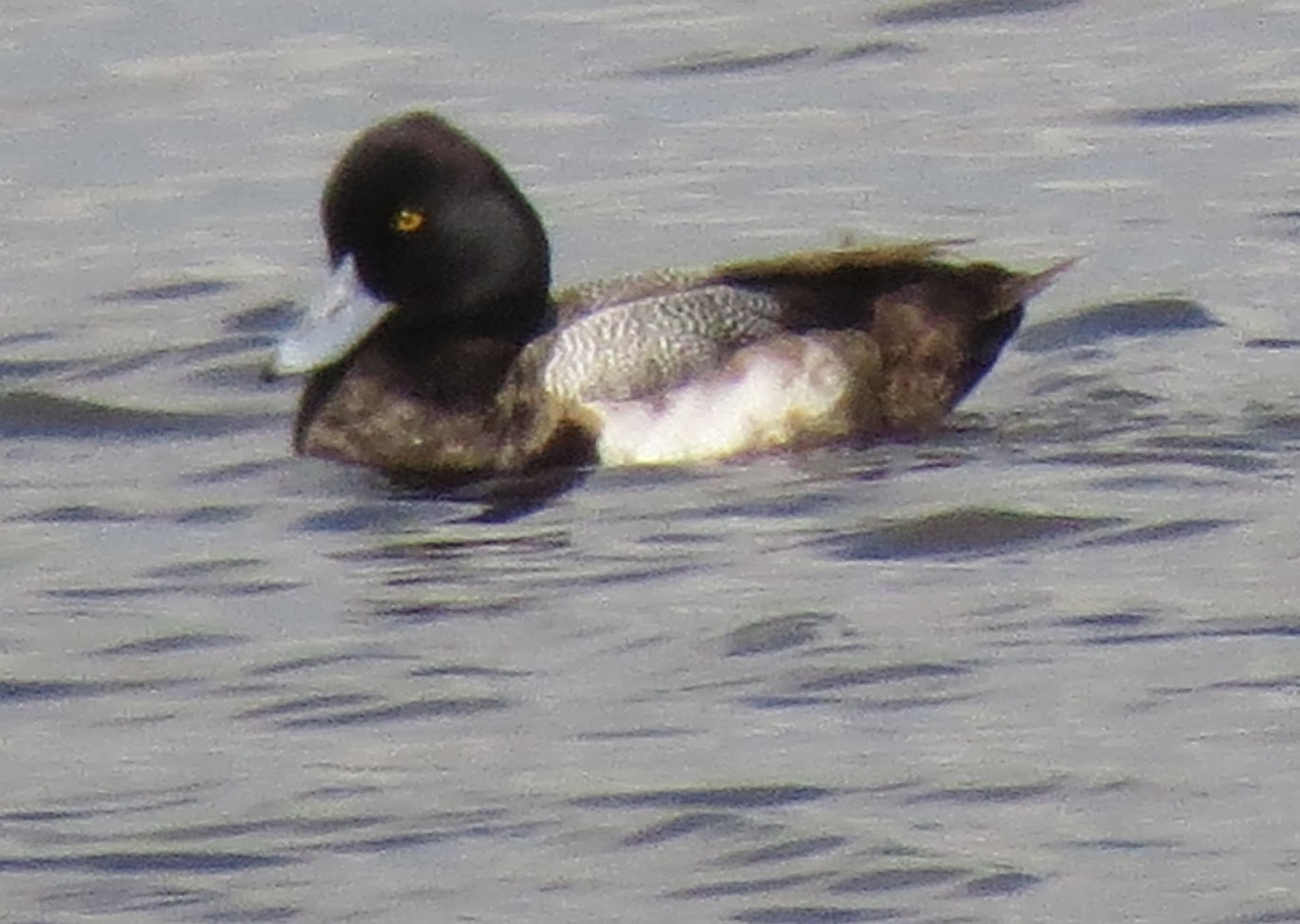Thursday, February 6th, Cloudy, drops of rain, windy, 65F
A great day to visit some of the hammock trails in the refuge. And some new birds seen, for this trip: Bald Eagle, Anhinga, Herring Gull.
Then back to the wetlands. And that is our theme. Back in the 1960's, I learned some ecology. Much of what I learned came from a professor in Georgia, named E.P. Odum, who, with his brother, Howard, studied the biological productivity of salt marshes, especially Spartina marshes, which are amongst the most productive ecosystems on Earth. Other wetlands (like those created by our friendly mangroves) and freshwater cattail marshes are also highly productive, both in terms of biological productivity, but also in their core ecosystem functions, they are the "kidneys" of our water systems, and, to some extent the lungs and heart.
The destruction of these wetlands back in those days, was occurring at an alarming rate. Places like the Everglades and Merritt Island, and much more attentiveness in general in the US, and to some extent in Canada, has slowed, and in some cases, has even reversed the loss of these vital ecosystems. In many other places on other continents, this is not the case, and the consequences may be catastrophic.
So for me, visiting these special places has a "life journey" component. It is with great awe I am witnessing these places, and some of the residents that thrive here. I will focus today on the wading and shore birds. Many of these breed in northern Canada or the Prairies, and spend the cold months on the south coasts.
 |
| Freshwater Marsh-Savanna Preserve State Park, Florida |
 |
Saltwater Marsh-Merritt Island NWR-note the White Pelican from the Prairies. The mass of birds around the Pelican are waterfowl, including Lesser Scaup, Coots, American Widgeon and Blue-Winged Teal, which share this habitat with many marine animals, like Mullet and Blue Crab.
 |
| Lesser Scaup |
 |
| White Pelicans feeding. We used to watch these magnificent birds on their nesting sites on the Red River in Manitoba when we lived there in the 1980's. A few days ago, I counted 120 of them flying over Merritt Island on thermals. |
 |
| Osprey, keeping watch over his kingdom. |
 |
| Palm Warbler, having just bathed, peers out of the cattails of one of Merritt Island's freshwater marshes. |
 |
| White Pelican |
|
Many more birds are seen on lagoon mudflats and in the marshes. They seek safety in numbers, with many unrelated species resting together.
 |
| Little Blue Hunting for lunch |
 |
| Dozing Roseate Spoonbill |
 |
| A Wilson's Snipe takes a break too. |
 |
| A Ring-Billed Gull shares a mudflat with a Royal Tern |
 |
| We didn't see these two in the same habitat back in St. Lucie County, but here they feed on the same mudflat. The Sanderling (top) is a small sandpiper....and the bird in the foreground is the smallest sandpiper (Least) |
 |
| Close-up of Least Sandpiper |
 |
| One of the more difficult shore birds to identify is the Yellowlegs, as there are two species, Lesser and Greater.. |
 |
| ...but here the feed side by side, often in synchronicity. This makes identification much easier! |
 |
| This tiny Bonaparte's Gull is the same size as its Forster's Tern neighbour. |
 |
| And then there were two Bonaparte's Gulls |
 |
| and also Black Skimmers......seeing these skim the water is something to behold. |
 |
| Not yet in breeding plumage, this is the magnificent Prairies resident, American Avocet.The diversity in these wetland environments is truly astonishing. I recall in the literature for Biscayne National Park south of Miami that Biscayne National Park has more species of fish, alone, than all the vertebrate species in Colorado. |





















No comments:
Post a Comment
Help with "Comments"
1) Click on "Comments" at the end of the blog entry that you wish to comment on.
2) Type your comment in the field provided.
3) Under your comment choose "Name/URL". Type your name (first and/or last names) in the box provided. Choosing "Name/URL" will ensure that you do not need to "register" before leaving a comment.
4) Click "Preview" to see how your comment will look on the site if you wish, otherwise skip to step 5.
5) Click "Publish" to submit your comment.
Please note that all comments are moderated so I will review them before they are published.
I look forward to receiving your comments.